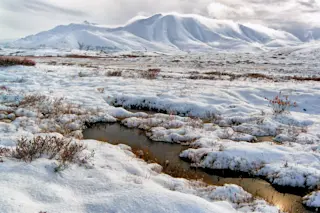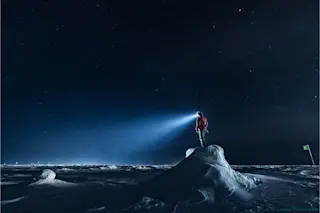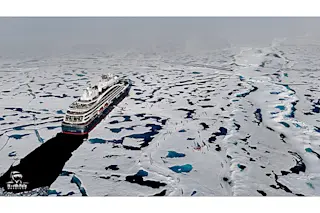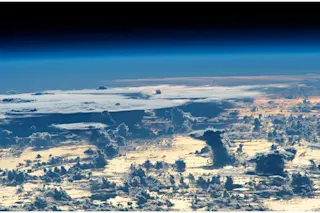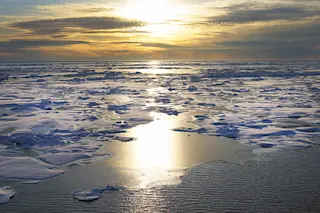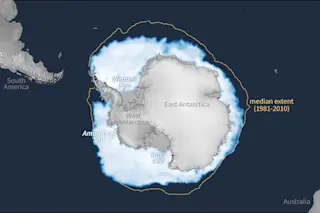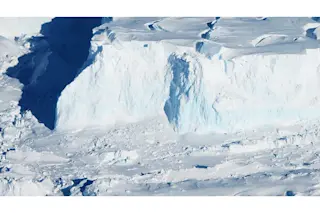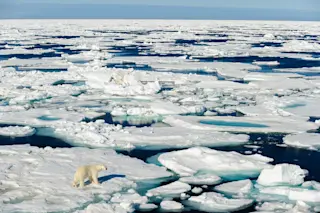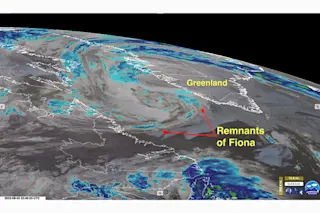In 1917 railroad engineers in Nenana, Alaska, started a betting contest only the snowbound and bored could invent. They wagered on the exact moment when a tall wooden tripod stationed on the frozen Tanana River would drift 100 feet downriver during the spring melt. The Nenana Ice Classic has drawn gamblers every year since: Several hundred thousand entrants from around the world will compete for a jackpot of more than $300,000 this year.
The winning bet best predicts when the tripod frozen into the Tanana River will drift 100 feet downriver. The earliest ice breakup was April 5, 1998. The latest was May 20, 1964.Photograph courtesy of Rasmuson Library/University of Alaska Fairbanks
Climatologists are betting the Ice Classic will have a scientific jackpot, too. Last year Stanford University scientists used contest records to gauge the impact of temperature increases over the 84 years since the event began. The analysis shows ...




